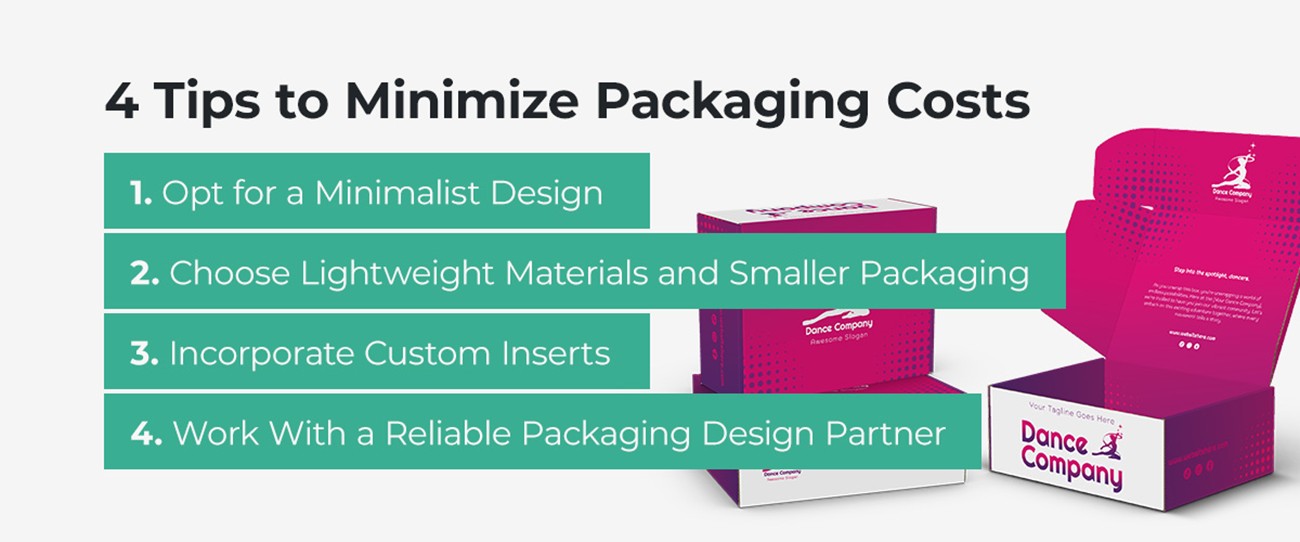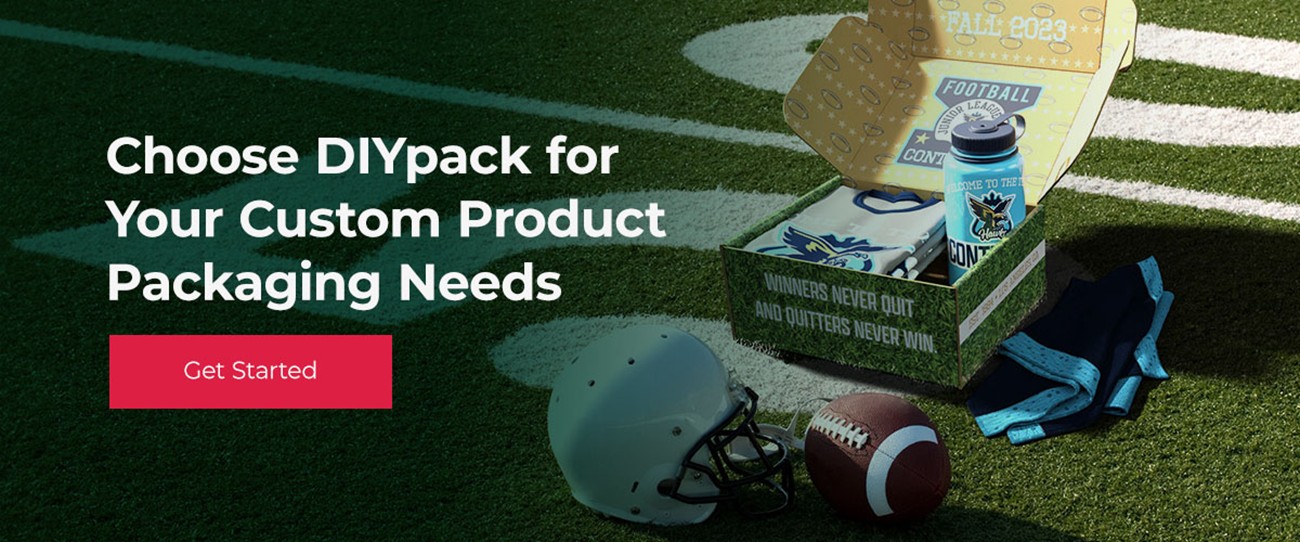Published Wednesday, August 27, 2025
By Heather Fogarty
Every product tells a story before it’s even opened. Packaging is that first chapter — the tactile, visual cue that creates lasting impressions. But when you decide to invest in custom packaging, you need a realistic budget that reflects both artistry and practicality. At DIYPack, we help brands of every size balance cost and quality to create packaging that looks good, protects product, and fits their budget.
What Drives Packaging Costs — Key Variables to Understand
Packaging costs aren’t one-size-fits-all. Several factors influence how much you should allocate:
- Materials and Finishes: Corrugated board finishes such as kraft, standard white, or premium white all vary slightly in cost.
- Design Complexity: Custom shapes, detailed graphics, or custom interior printing can require more design work and increase expenses up front if you’re working with a graphic designer.
- Print Method and Quantity: Digital printing (used by DIYPack) reduces setup costs and eliminates the cost of print plates. Larger order volumes bring the price per unit down — but only if the design and structure remain consistent.
- Shipping, Weight, and Size: Larger or heavier boxes cost more to ship. Right-sizing packaging and using lighter, sturdy materials can help manage costs.
- Regulatory or Special Requirements: Products like cosmetics, food, or alcohol often need compliant packaging materials, labeling, or inserts for safety and legal standards. Do your homework on what you might need for your product.
Percentage Rules of Thumb (and Why They Vary)
Many brands allocate 10–40% of their product’s retail price toward packaging. That span is wide for good reason: market expectations, brand positioning, cost of materials, and production scale all heavily influence where you fall in that range. A luxury beauty product may spend more, whereas a high-volume consumable may aim for the lower end of that spectrum without compromising durability.
Strategies to Stretch Your Packaging Dollars

Here are ways you can get more while spending less:
- Consider designing the artwork yourself to start. Simplifying design elements can save on graphic designer fees.
- Choose a manufacturing partner that allows you to select the right-sized packaging for your products. DIYPack automatically adjusts the right corrugate flute size based on the total square footage of your box to avoid overpaying for structural features you don’t need.
- Consolidate SKUs or design variants so you can order larger runs at lower unit cost.
- Use blank exteriors with impactful interior design or messaging — getting the branding and customer experience while reducing printing costs.
If your business is a reseller and qualifies for tax-exempt status, you can fill out our application form and send it to cs@diypack.com. If you are approved, you will not be charged taxes at checkout.

What DIYPack Offers to Help You Manage Your Packaging Budget
DIYPack’s platform is built for transparency and getting good value:
- No hidden setup fees: Digital printing means what you are quoted is what you pay.
- Right-sized flute adjustment: Boxes are engineered so that you get structural strength where needed, without overbuilding.
- Low minimum orders: Test the sizing, artwork, finishes, or box styles affordably before scaling.
- Sustainable materials: Recycled corrugated board, eco-friendly inks, and finishes — letting your packaging choices contribute to brand value rather than unnecessary cost.
How to Estimate Your Packaging Budget
Here’s a simplified way to project your costs:
- Determine your anticipated order volume (average monthly sales) to identify total monthly revenue flow.
- Based on margins, identify how much you can invest in packaging.
- Decide on finish (kraft vs. white vs. premium white).
- Decide on the size of the box(es) you need to fulfill your expectations.
- Decide on design complexity (DIY or hire a design firm — logo placement, interior print, custom imagery).
- Check shipping estimate of the packaging to get to you. DIYPack’s product pages will allow you to get a shipping estimate after you input your box specifications.
- Add buffer for unexpected costs (as a small to medium-sized business you know things always come up).
Using that, you can build a budget framework and adjust as you grow your business.
Final Thoughts: Packaging Budget Is an Investment
A well-designed package is more than cost: it’s a marketing asset. The right packaging enhances unboxing, protects product, builds brand credibility, and can increase customer loyalty. DIYPack provides tools, material options, previews, and an experience that lets you budget with confidence — making sure every dollar moves you closer to impressive packaging rather than hidden costs.
About the Author
